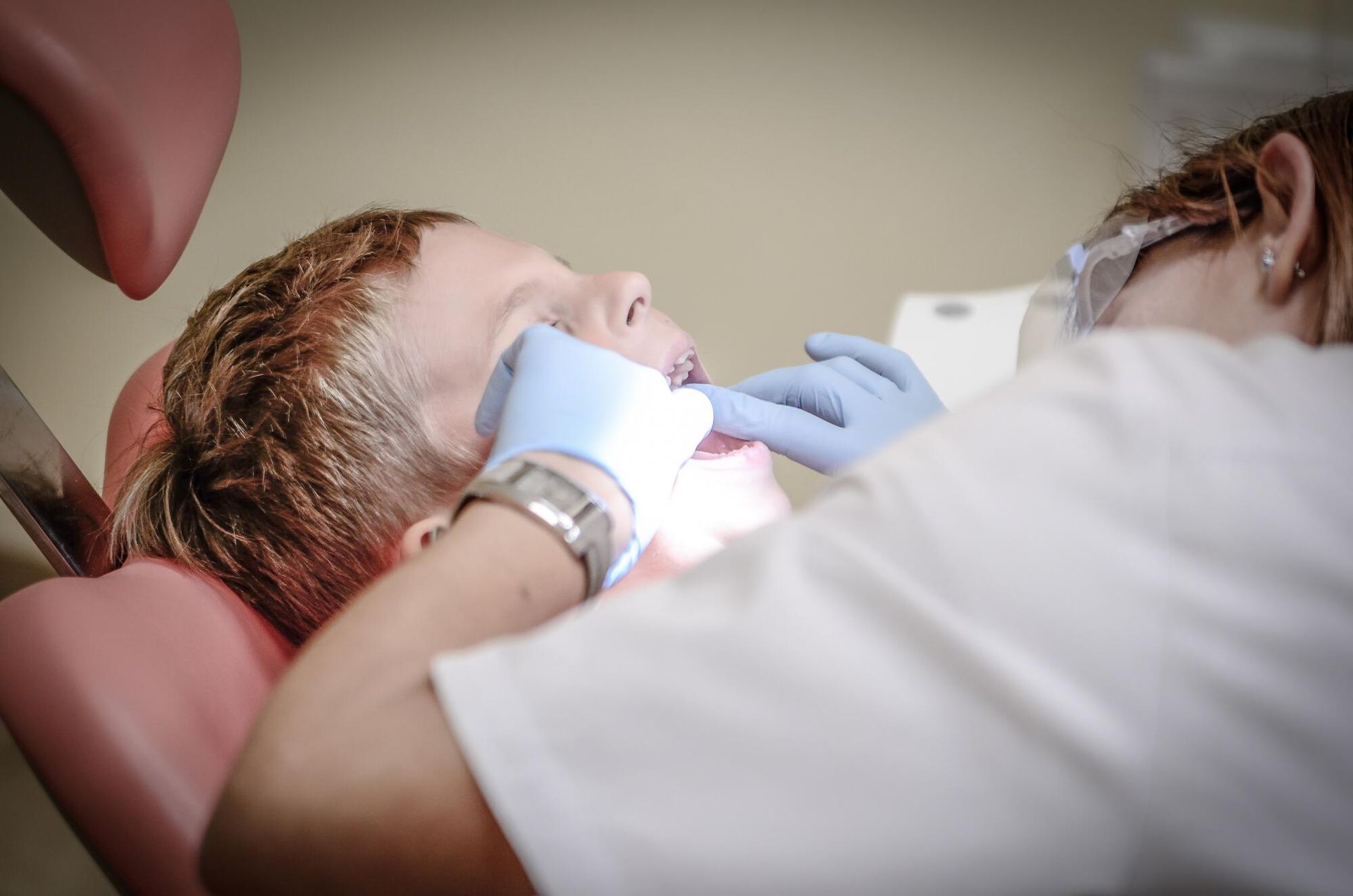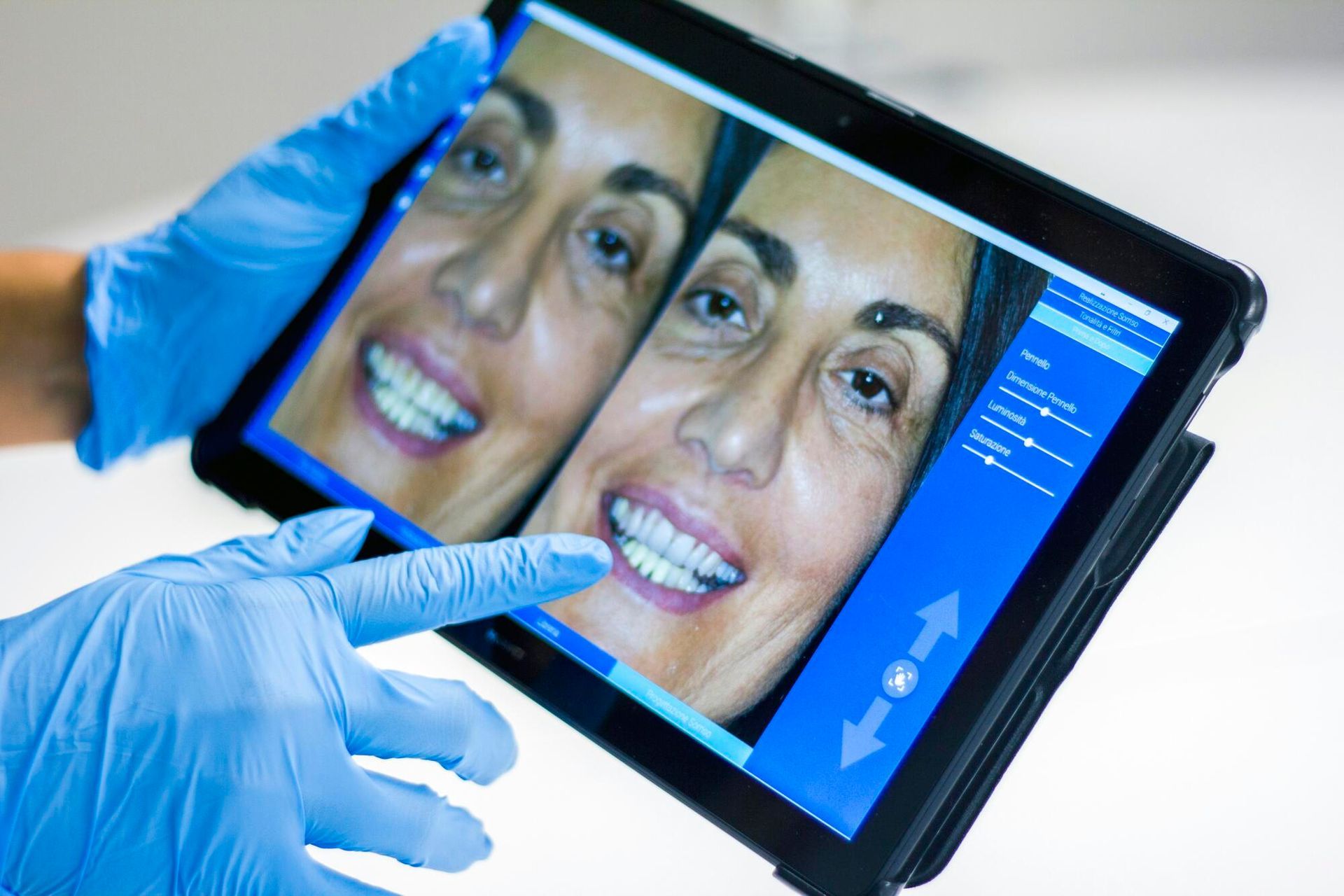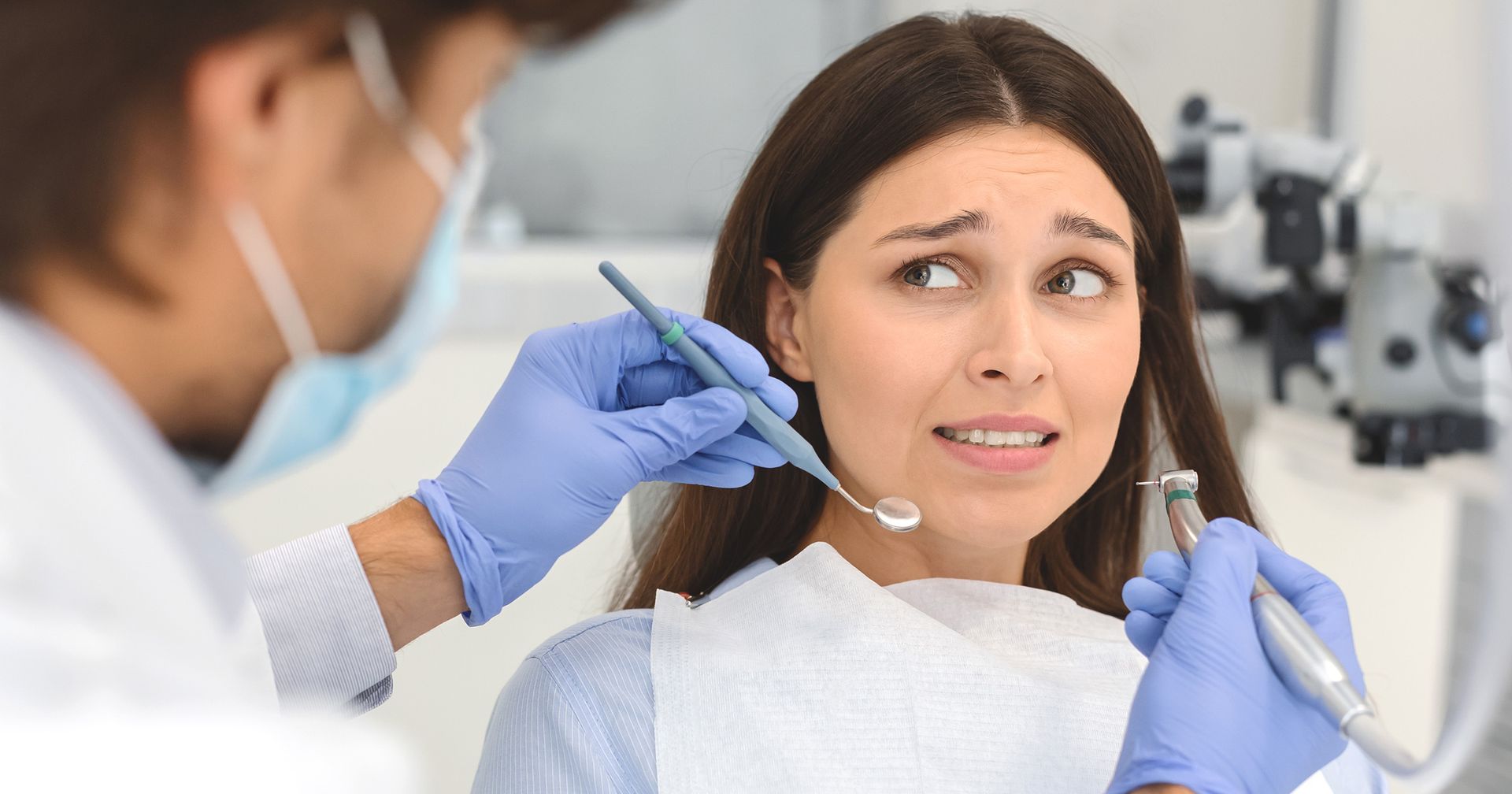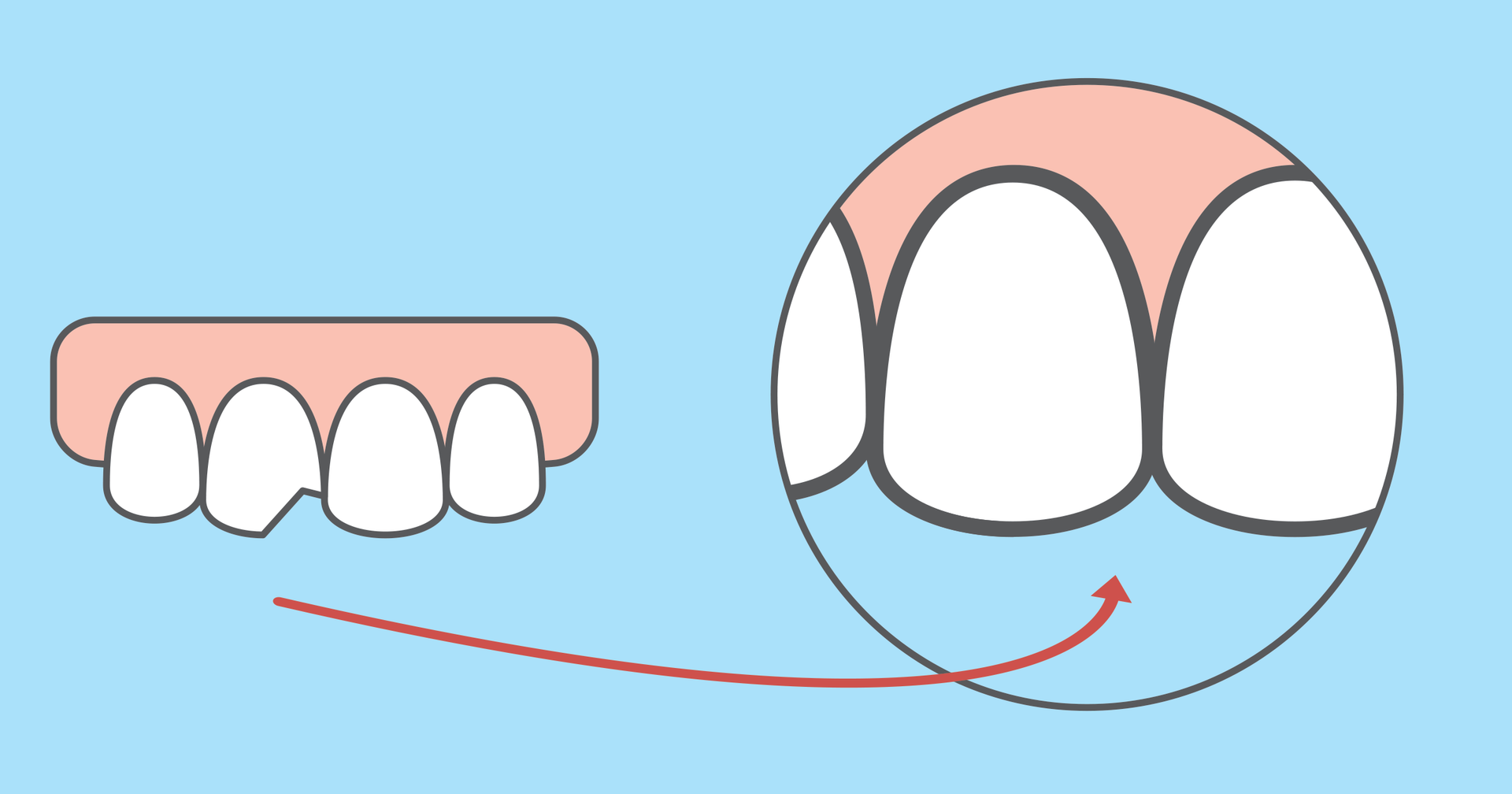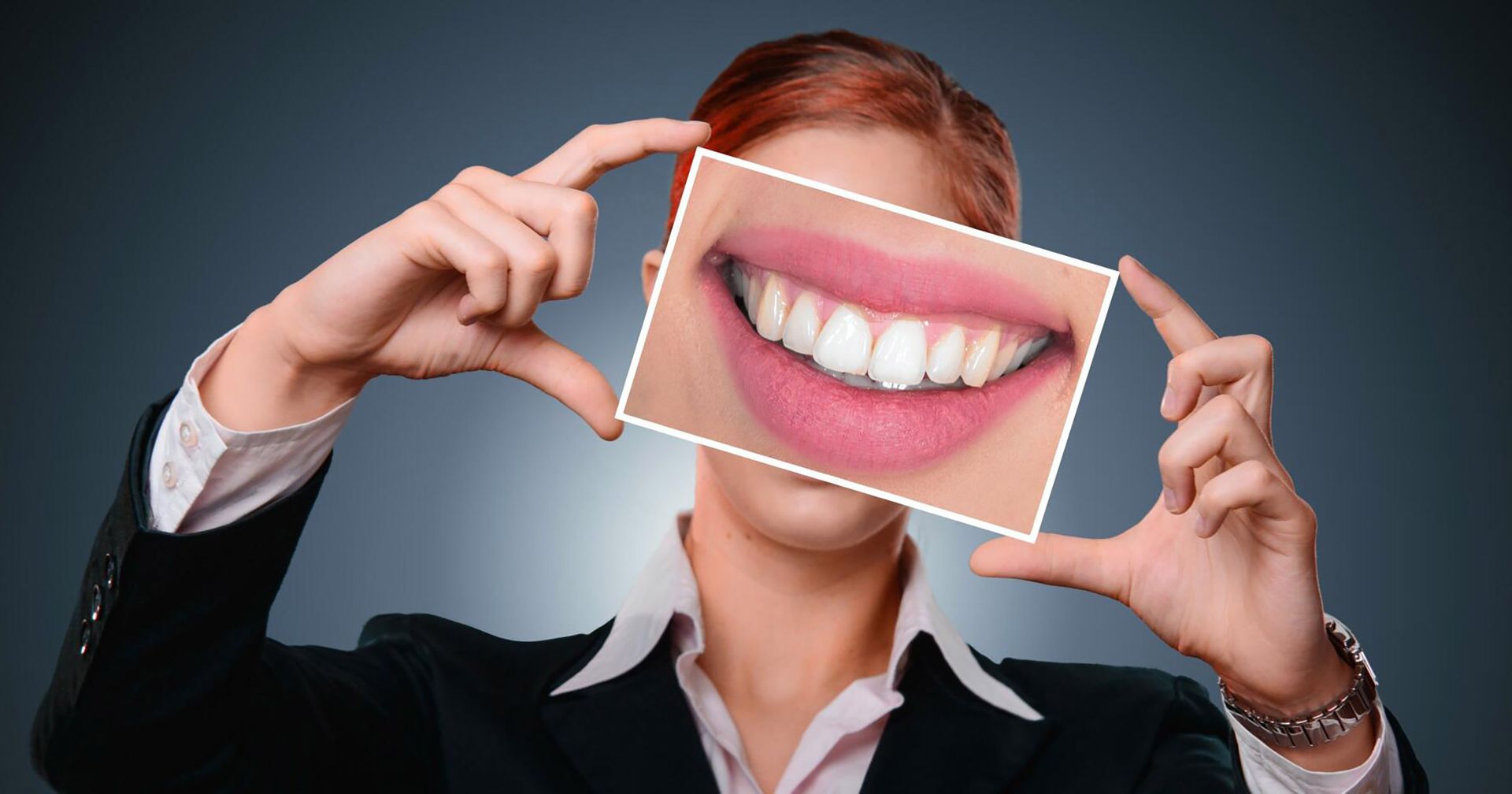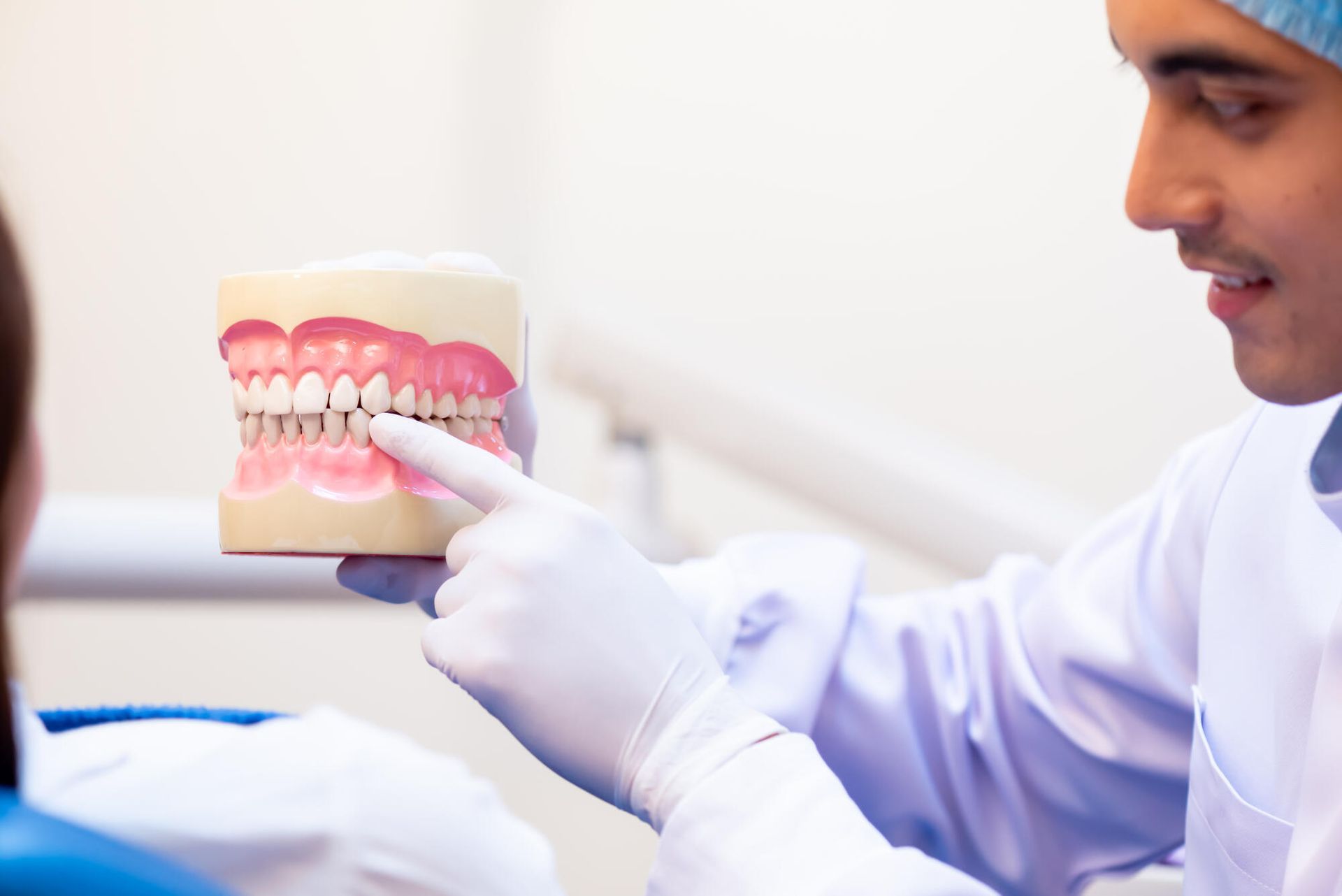Best Tips for a Smooth Crown Lengthening Recovery in Catoosa, OK
Find the best tips for a smooth crown lengthening recovery in Catoosa, OK. Understand the recovery steps and ensure a quick healing process.
Crown lengthening is a common dental procedure used to improve the health of gum tissue or prepare the mouth for restorative or cosmetic dentistry. Whether you're undergoing the procedure to address gum disease, preparing for a dental crown, or enhancing the appearance of your smile, proper post-operative care is essential for a smooth recovery.
If you're planning to get crown lengthening from a dentist in Catoosa, OK, knowing what to expect and how to take care of yourself after the procedure can significantly improve your healing experience.
This article will outline the best tips for a smooth crown lengthening recovery to ensure you heal quickly and comfortably.
Follow Your Dentist's Post-Op Instructions Carefully
After your crown lengthening procedure, your dentist or periodontist in Catoosa will provide you with specific aftercare instructions tailored to your individual case. Following these instructions is critical to a smooth and speedy recovery.
Post-crown lengthening care may include guidelines on medication, activity restrictions, and how to care for the surgical area. Some general instructions to reduce crown lengthening pain may include:
- Taking prescribed or over-the-counter pain medications
- Using a special mouth rinse or salt water to keep the area clean
- Avoiding strenuous physical activity for the first few days
Be sure to follow all the instructions provided to you. If you have any questions or concerns, don't hesitate to contact your dental office.
Manage Pain and Swelling
It's normal to experience some pain, swelling, and discomfort in the days following your crown lengthening procedure. However, with proper care, you can minimize these symptoms and speed up the healing process. Here's how:
Pain relief
Your dentist may prescribe pain medication or recommend over-the-counter options like ibuprofen or acetaminophen. Be sure to take the medication as directed and avoid taking aspirin as it can increase bleeding.
Ice packs
To reduce swelling, apply an ice pack to the outside of your face near the surgical area for 10-15 minutes at a time. Take breaks between applications, and do this several times throughout the first 24 hours post-procedure.
Elevate your head
Sleeping with your head elevated (using an extra pillow) can help minimize swelling and promote faster healing. Avoid lying flat as this can increase swelling and discomfort.
Stick to Soft Foods and Avoid Hard or Sticky Foods
For the first few days after your crown lengthening, it's crucial to stick to the crown lengthening recovery diet; specifically soft foods that won't irritate the surgical area. Soft foods will allow your gums to heal without causing unnecessary strain or discomfort.
Some examples of soft foods to include in your diet are:
- Mashed potatoes
- Yogurt
- Applesauce
- Scrambled eggs
- Smoothies
- Oatmeal
- Soups (make sure they're not too hot)
Avoid eating hard, crunchy, sticky, or chewy foods like chips, nuts, tough meats, and gum. These foods can disturb the healing area, cause irritation, or even dislodge stitches.
Avoid Smoking and Alcohol
Smoking and alcohol can significantly slow down the healing process and increase the risk of complications after crown lengthening. Smoking constricts blood vessels, which reduces blood flow to the gums and delays the healing process. In addition, the chemicals in cigarettes can increase the risk of infection.
Similarly, alcohol can interfere with wound healing and may react negatively with any medications you're taking. For the best results, avoid smoking and consuming alcohol for at least one to two weeks after the procedure.
Rest and Take It Easy
After your crown lengthening, it's important to give your body the time and rest it needs to heal. For the first few days, avoid strenuous activities like exercising, heavy lifting, or anything that elevates your heart rate. Physical exertion can increase blood flow to the surgical area, leading to bleeding, swelling, or discomfort.
Make sure to get plenty of rest and take it easy. If your job requires physical labor, consider taking a few days off or asking your dentist how long you should wait before resuming normal activities.
Stay Hydrated (But Avoid Straws)
Staying hydrated is crucial for promoting healing and maintaining overall health. Make sure to drink plenty of water throughout the day to help your body recover from the procedure.
However, avoid using straws during the first week after surgery. The suction created by drinking through a straw can disturb the surgical area and cause bleeding.
Opt for room-temperature water or cool beverages, and avoid drinking anything too hot, as heat can increase discomfort and irritation in the gums.
Watch for Signs of Infection or Complications
While most crown lengthening procedures go smoothly, it's important to monitor the surgical area for any signs of infection or complications. If you notice any of the following symptoms, contact your dentist in Catoosa, OK, immediately:
- Persistent or worsening pain
- Excessive swelling that doesn't subside after a few days
- Redness, pus, or signs of infection around the surgical site
- Fever
- Heavy bleeding or a reopening of the wound
- Early intervention is key to addressing complications before they become serious, so don't hesitate to reach out if something doesn't feel right.
Attend Follow-Up Appointments
Your dentist will likely schedule a follow-up appointment to monitor your healing and ensure that everything is progressing as expected. Attending these appointments is crucial, as your dentist can check for any signs of infection, ensure that the gums are healing properly, and provide any necessary adjustments to your treatment plan.
During your follow-up, your dentist may also discuss the next steps if crown placement or further dental work is required. Make sure to keep all scheduled appointments and communicate with your dental provider about your recovery process.
Crown Lengthening Recovery - Follow Your Dentist's Instructions Strictly
You want to ensure that your crown lengthening recovery process is as easy as possible. To do this, you have to follow aftercare instructions to a T.
At Dental Arts of Catoosa, our entire staff is dedicated to ensuring your dental needs are met in a warm and friendly environment. We have evening and weekend hours to cater to your busy schedule.
Schedule an appointment with our team to see how we can optimize your oral health.
